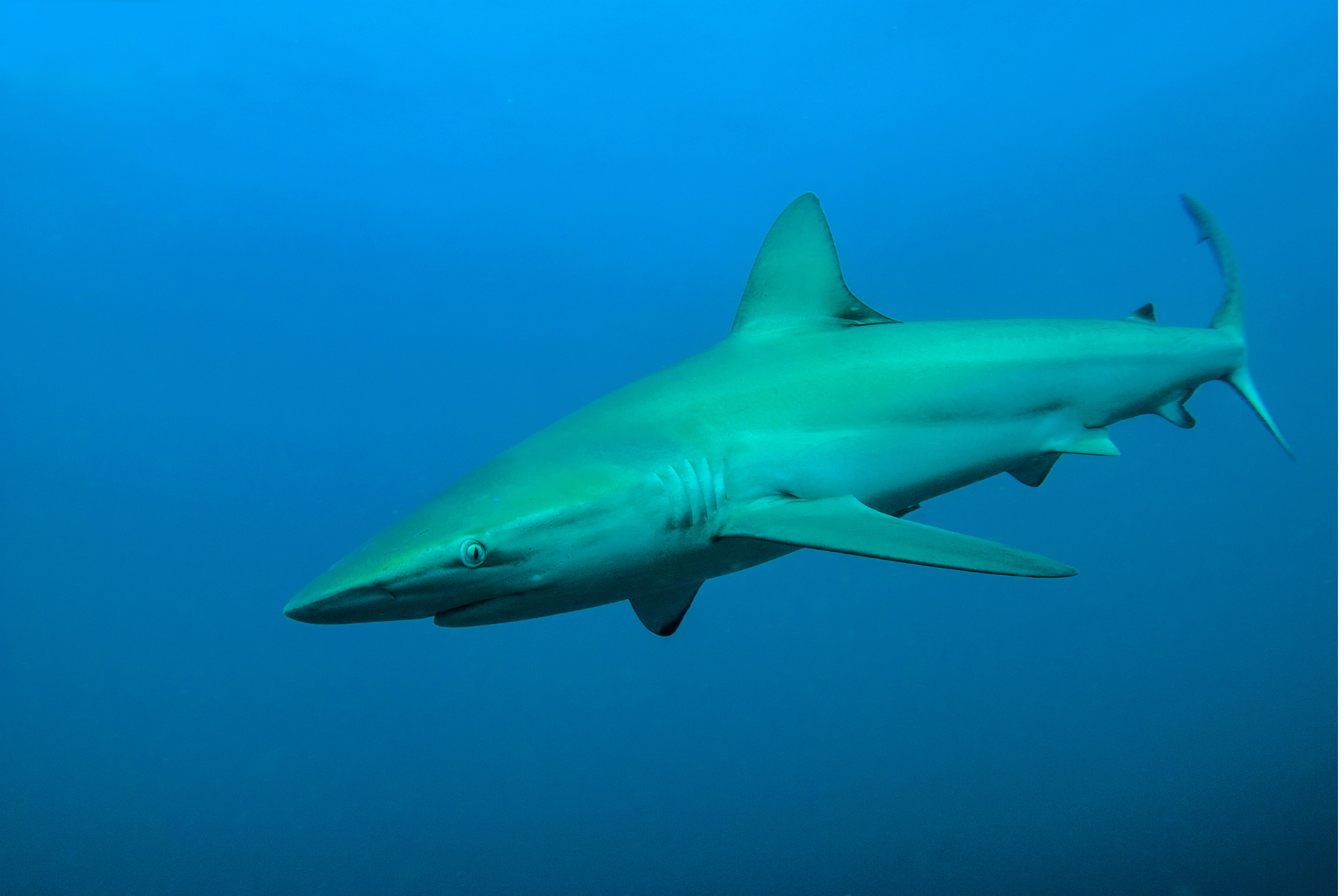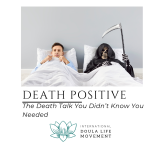Nearly fifty years ago, a young movie director named Steven Spielberg was working on a movie called Jaws. You’ve probably heard of it; it’s about a small coastal town being terrorized by a giant shark.
Jaws was not an easy movie to make. Boats and sailing are always challenging to film because of all the equipment you have to take out onto the water. Filming was done mostly on the east coast while the production offices were on a studio lot on the west coast, making organization and communication difficult. But the biggest problem on the set of Jaws was that the mechanical shark, built to be at the very center of the movie, hardly ever worked. Spielberg was unable to film nearly as much shark footage as he wanted to—as a result, he had to use the images he did have very carefully. Which is why, when you see the finished movie Jaws, you don’t see the actual shark until more than halfway through the movie.
As it turned out, not letting the audience see the shark was the best thing Steven Spielberg could have possibly done to make his movie compelling and suspenseful. When you know something is there but you can’t see it, your brain goes into overdrive, trying to imagine what it could possibly look like, what kind of threat it might pose and how to deal with it; when you don’t know exactly what you’re dealing with, you could be dealing with anything, and how can you possibly prepare for that? When people saw Jaws in the movie theatre, and they didn’t see a shark, they couldn’t look away. The film was a huge hit, and a whole generation of movie-watchers agreed it was one of the scariest movies they had ever seen.
When we refuse to talk about death and try to pretend it isn’t there, all we are doing is treating it like the shark from Jaws. We turn it into an invisible threat: difficult to imagine, difficult to anticipate—but we all still know it’s there, and we know that sooner or later, it’s coming for each and every one of us. What could be more terrifying than that?
As doulas and death educators, a major part of our job is to shine a light on this scary, shadowy monster. We want to help people take a look at it, to see that death is something they can be prepared for. Unfortunately, we can’t know what we’re going to find on the other side (although many people have tried desperately to find out), but we can be ready for the process, we can think about how to eliminate difficulties both for the person who is going away and for their loved ones who will have to go on without them.
The one thing no one will ever be able to do is make death stop happening. Sooner or later, we all have to face it, and it’s much less frightening to face something we have looked at, and considered, and prepared for. Starting the conversation about death is vitally important for all of us because we can’t prepare for something we refuse to acknowledge.
The fact is, when you finally get a good look at the shark? You realize that it’s just a really big fish. And a really big fish is a problem that people can handle.






